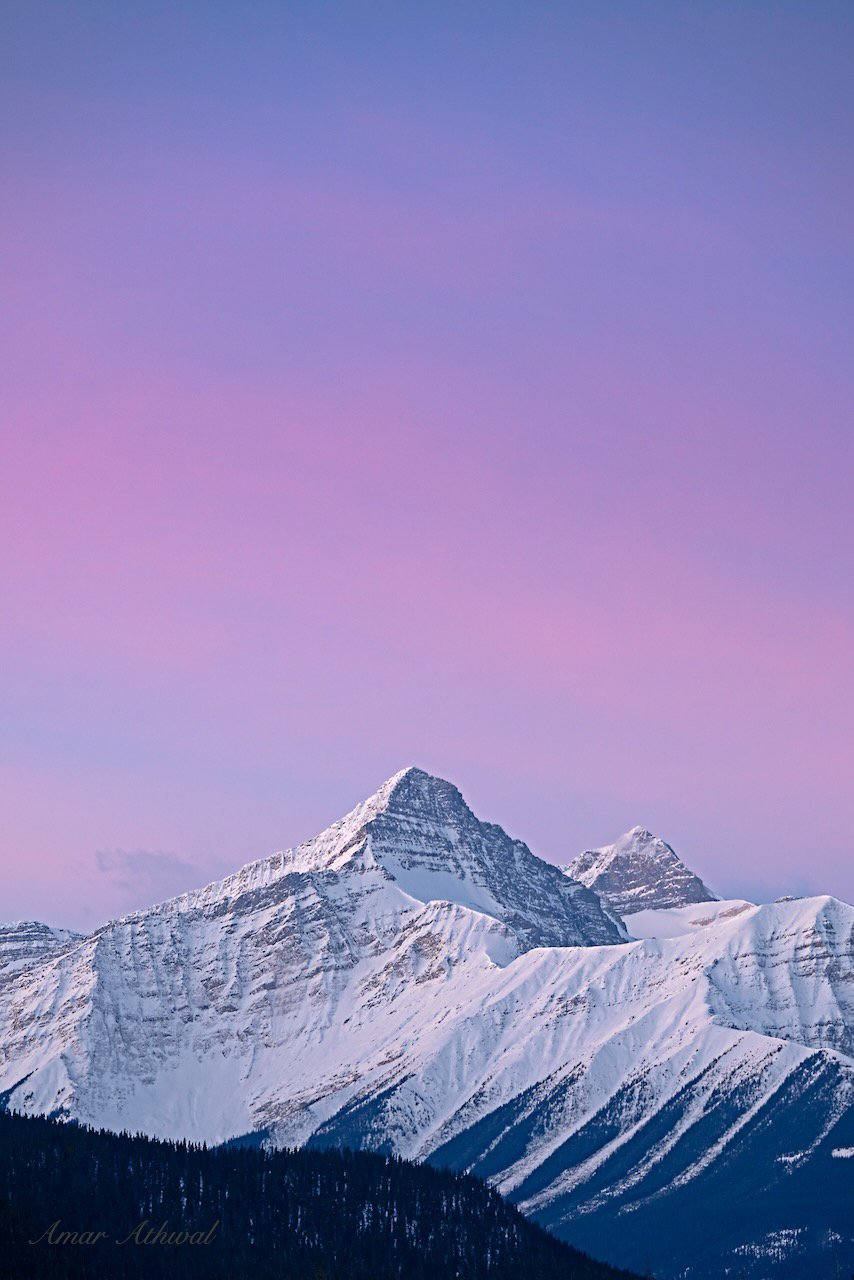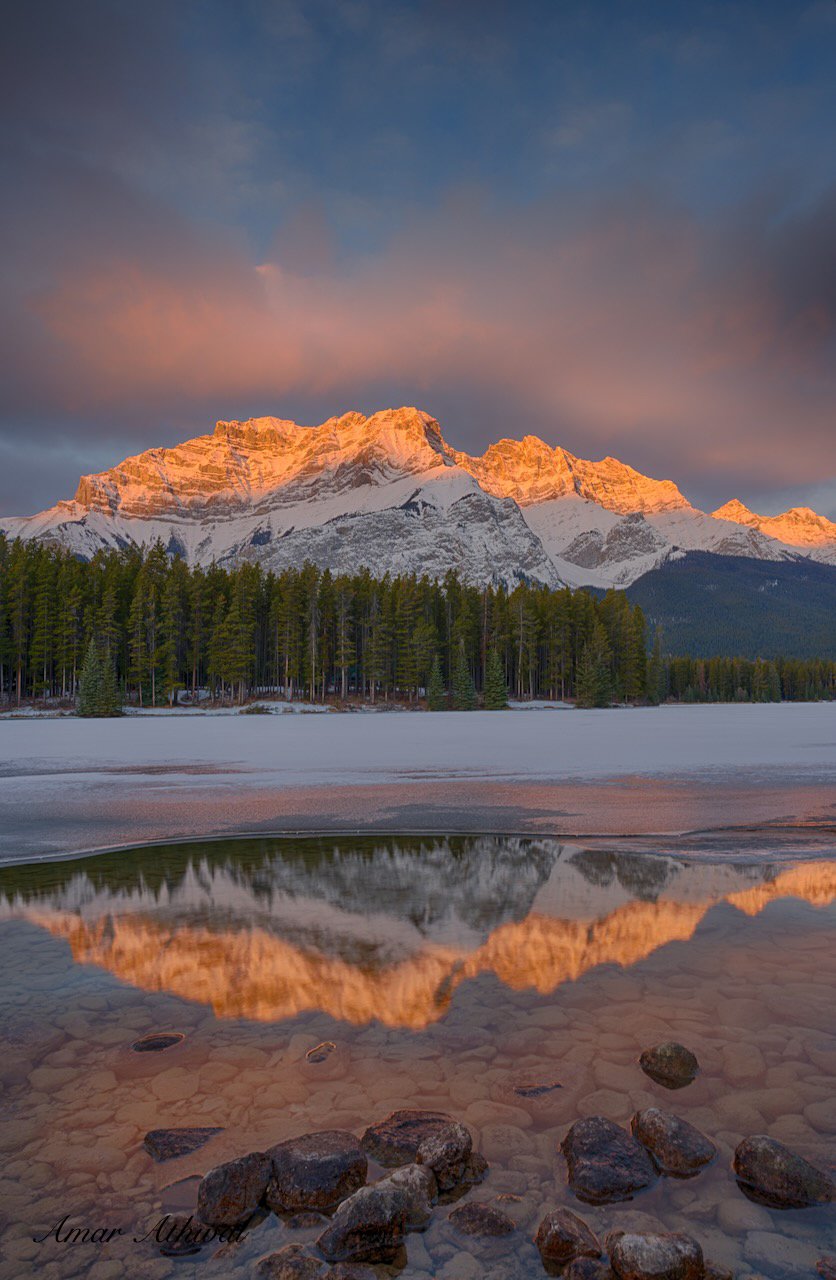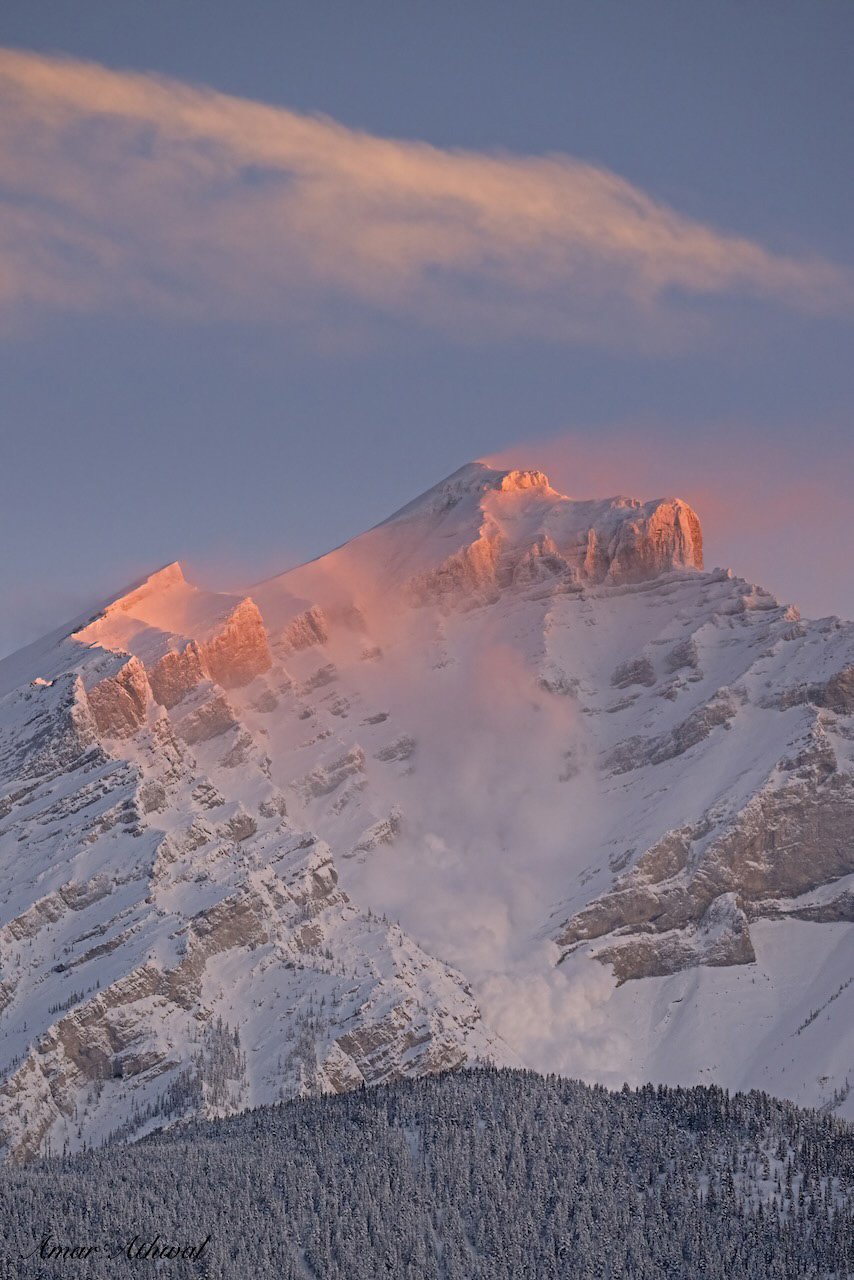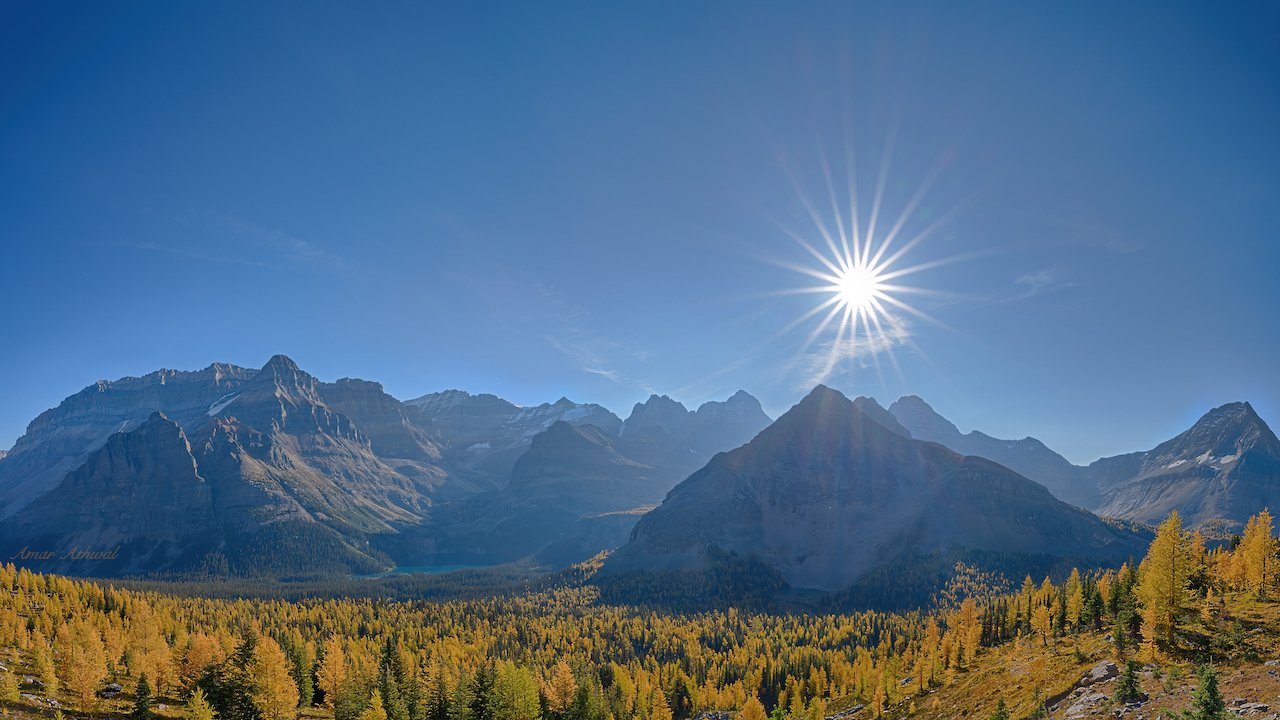Alpine larch, also called subalpine larch and lyall larch is a deciduous conifer species that grows higher on cool exposures than other trees. It grows in very cold, snowy, and windy environments. It remains small and stunted, but in wind-sheltered areas it can reach up to 29 m in height. For more than half of the season, the average temperatures are below freezing for this tree’s environment. The average precipitation for most of the alpine larch sites is between 800 and 1900 mm. Generally, the snowpack starts around these larch trees in late October and can linger with most stands until early July.
Most of the soil development in the alpine larch stands tends to be immature. Alpine larch sites have undergone alpine glaciation during the Pleistocene and have been deglaciated for less than 12,000 years. Due to a short, cool summer season as well as low soil temperatures and high acidity, the processes that can enrich the soil are limited. Alpine larch commonly grows on slopes covered with granite or quartzite talus, which were not previously surrounded by vascular plants. Vascular plant tissues are great at conducting water and minerals. Even in sites that have better developed soils, the soils are still rocky and immature.
The Alpine larch is a slow-growing, long-lived tree. In ideal sites, the dominant trees can have a 400 to 500-year life span. Many can live to 700 years of age, oldest are estimated to be about 1,000 years. In 2012, the oldest one was recorded in Kananaskis, Alberta, at 1,917 years old. A sapling that is about 1.2m tall is about 30 to 35 years of age. With alpine larch roots extending deep into the rocky ground, they are well anchored and able to deal with very heavy winds. The crown and trunk of old trees may break under heavy winds, but they are less likely to be uprooted. For many species of trees, snow avalanches and snow slides are a source of damage to them. But the alpine larch is better adapted to surviving these conditions than other tree species. An alpine tree 6 m high can handle the flattening by snow slides, then stand straight when the snow melts.
Its ability to take hold of steep northern slopes and snow chutes, where other trees have problems doing the same. It’s assumed alpine larch helps to stabilise snow loads and reduce the force of avalanches. Scientists from several countries that are interested in avalanche control are looking at alpine larch as a possible solution. Most of the wildlife makes use of alpine larch stands during the summer, when cooler timberline temperatures and succulent vegetation await them. The Alpine larch is more than just a pretty looking tree.



















